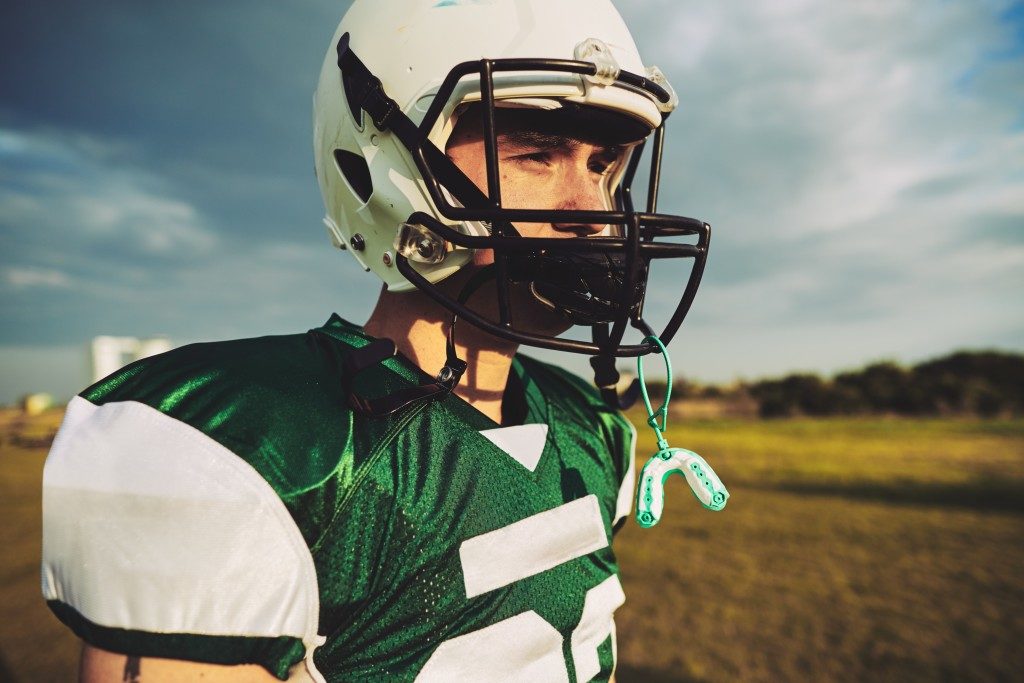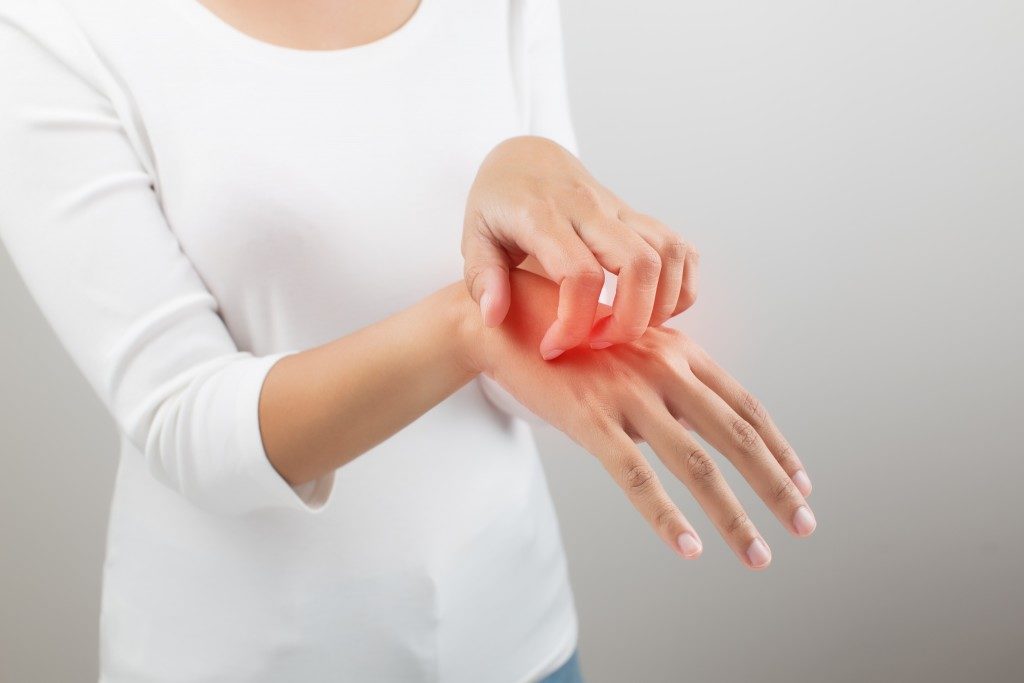Because of the number of injuries caused by sports, public health organizations have set safety standards to reduce the risk of injury. These standards help identify risks and the required protective equipment in specific sports, especially in high contact sports.
When engaging in a sport, it is best to have protective equipment at all times. Here are the different types of protective sports gear and their purposes:
Face Protection and Mouth Guards
For games like squash, hockey, rugby, boxing, and other high-collision and trauma sports, mouth protection is a requirement. A hockey mouthguard, as with any mouthguard for other sports, should be durable and fit the mouth appropriately.
A mouthguard helps protect vulnerable parts such as the mouth, cheek, tongue, jaws, gums, teeth and lips, which are all prone to blows that can lead to fractures, tears, and depending on the impact, a concussion.
Face protection, on the other hand, is also essential. Not only does it protect the mouth; it also protects the rest of an athlete’s face. Fractured facial bones are common amongst hockey players and boxers who are hit by repetitive blunt force. Cricketers are also prone to facial injuries because of the accelerating power of the ball they use.

Proper Footwear and Athletic Shoes
Footwear in sports depends on the type of games that you enjoy. Court shoes with excellent traction and support are explicitly designed for racquetball, tennis, and basketball. Cycling shoes can increase pedaling efficiency and reduce foot pain.
Sports cleats, on the other hand, are essential in field sports, such as soccer, baseball, and football. And to decrease the risk of overuse injuries, the right running shoes are required for runners.
Pads, Guards, and Straps
Pads and guards are worn to reduce injury to the ankles, shins, knees, thighs, hip, wrists, arms, elbows, chest, shoulders, and neck. Depending on the type of sport you play and expected injuries, you can use pads, guards, and straps that range from simple, soft padding to strong, hard plastic.
Helmets
Players of sports with a high risk of head injury are required to wear a helmet. The dangers of concussion are always imminent, which can lead to disabilities later in life. A helmet designed for the specific sport you play and properly fitted to your head can significantly decrease your risk of experiencing a severe head injury.

Protective Eyewear
Gear such as sports goggles should be used by players who participate in sports that involve high-impact racket motion, such as tennis, lacrosse, and even hockey.
Wicket keepers in cricket also wear helmets that serve as protective eyewear so that their eyes are protected from fast-flying cricket balls. Even fishhooks can cause severe damage to fishermen’s eyes, so they should wear protective eyewear.
For snowboarders and skiers, protective sports eyewear includes specially designed sunglasses with an ultraviolet filter to protect their eyes from the sun’s radiation and impact from the snow.
Using proper protective sports gear is essential to reducing the severity of an injury or preventing severe injuries. They might be unfashionable and often look a bit odd. But they can save your life. The point of a sport, after all, is to have fun and not suffer from it.



